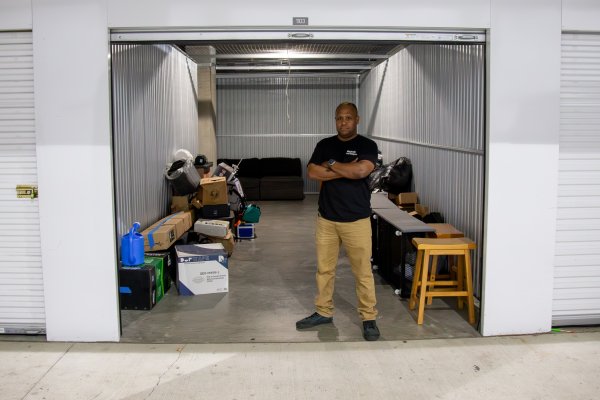Housing stability has been a struggle for low-income households to obtain for decades. Over the last two decades the average monthly rent in the Portland Metro area has increased by 83 percent. It became increasingly difficult during the COVID-19 pandemic, even for households above the poverty level, due to high job losses, underemployment, and economic instability.
State economists report that Oregon is short 111,000 housing units, primarily those that would help lower-income households. For reference, out of 100 units in the Portland Metro area, only four are available for rent and of those four only one is affordable for extremely low-income households. It is important to understand that an Oregonian earning the minimum wage of $13.50 an hour would need to work 68 hours a week to afford a one-bedroom apartment.
Four in 10 Oregonians rent their homes and after making the rent payment, more than 50% of them don’t have enough money left over to afford food, child care, transportation, health care, taxes and other necessities.
The 14.6% allowable rent increase for 2023 is harming Oregon families. With so many people living on the edge, allowing landlords to increase rent at this rate will result in more homelessness.
Over 80% of all evictions are due to an individual or family's inability to pay rent, and studies show that even a $100 increase leads to a 9% increase in homelessness, per the U.S. Government Accountability Office. Black women are more likely to experience eviction because of systemic racism decreasing housing opportunities, a lack of legal and rent assistance and housing discrimination.





